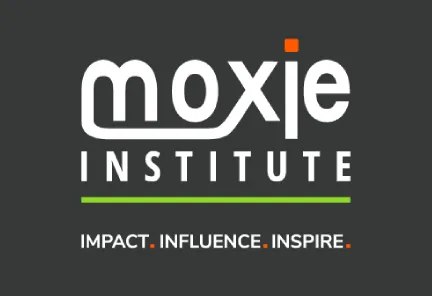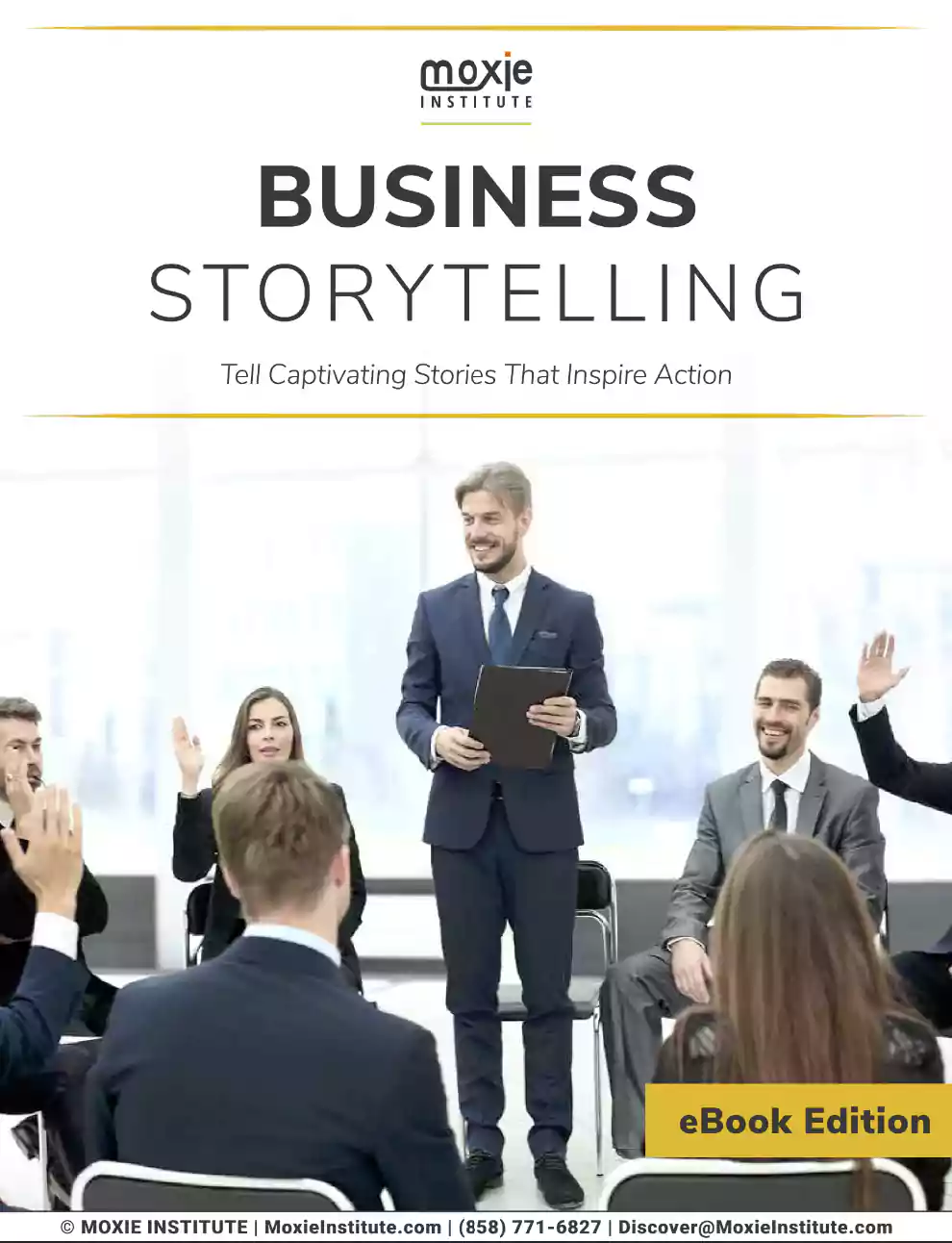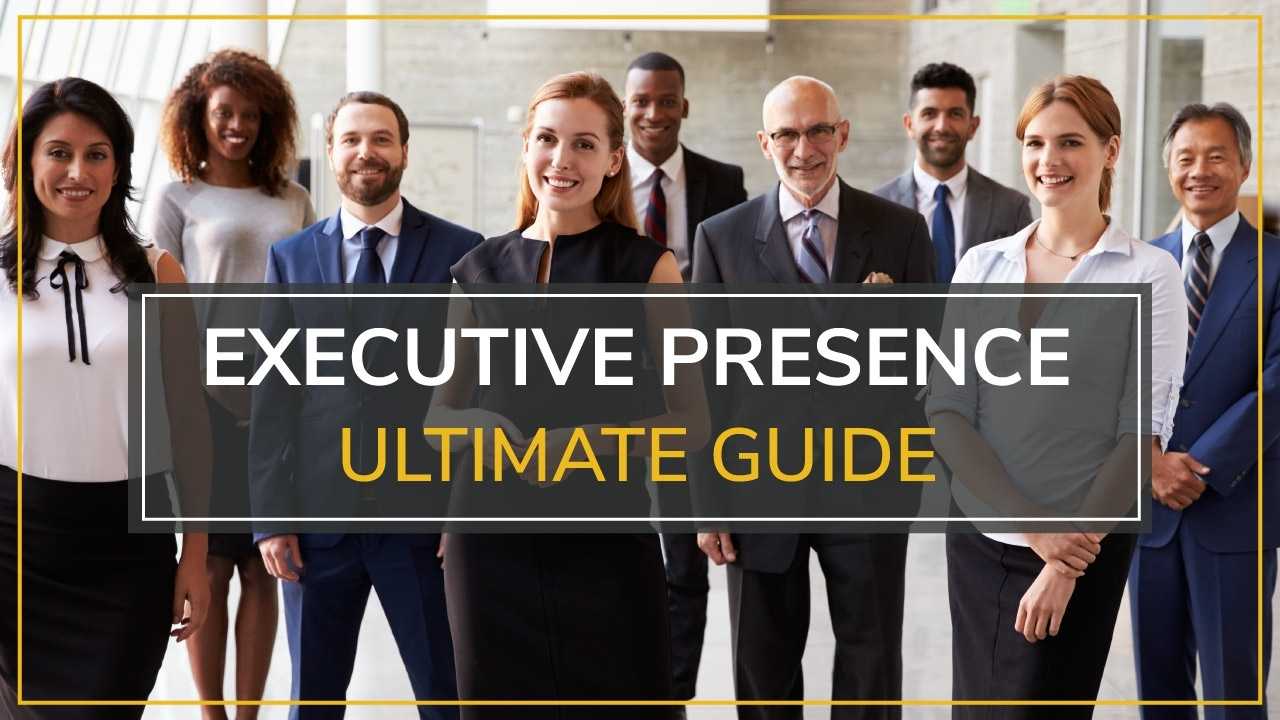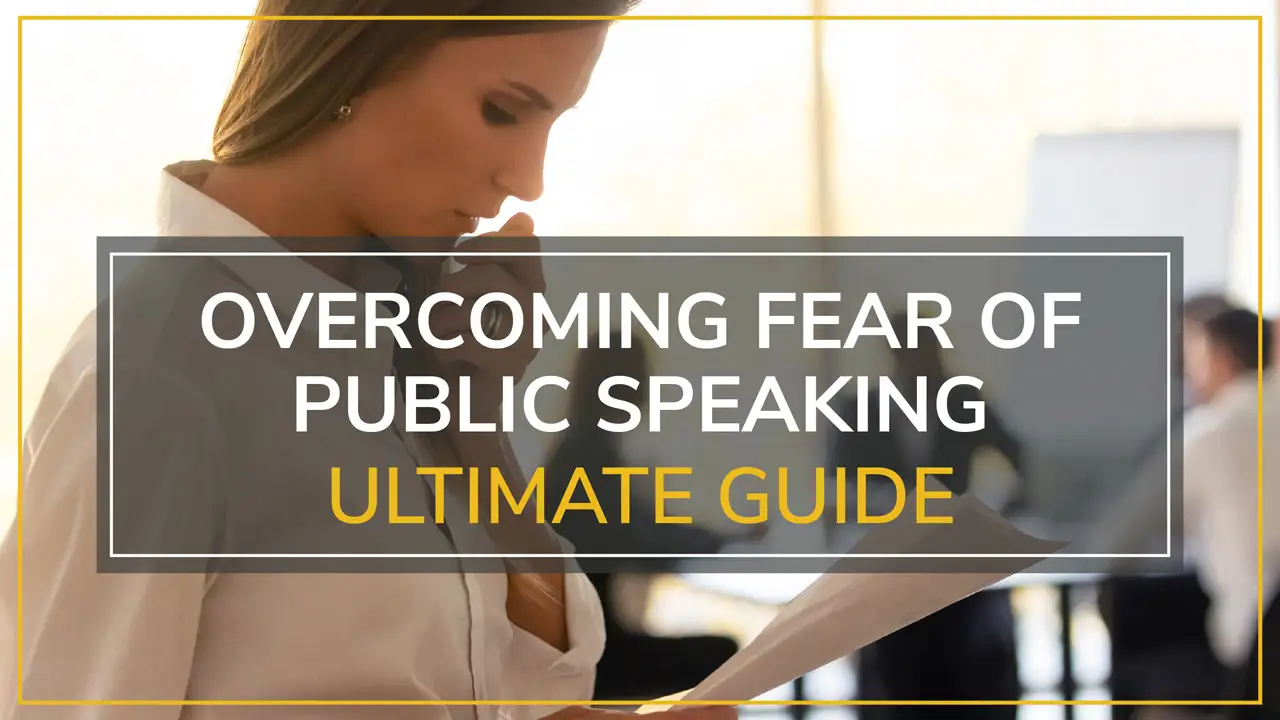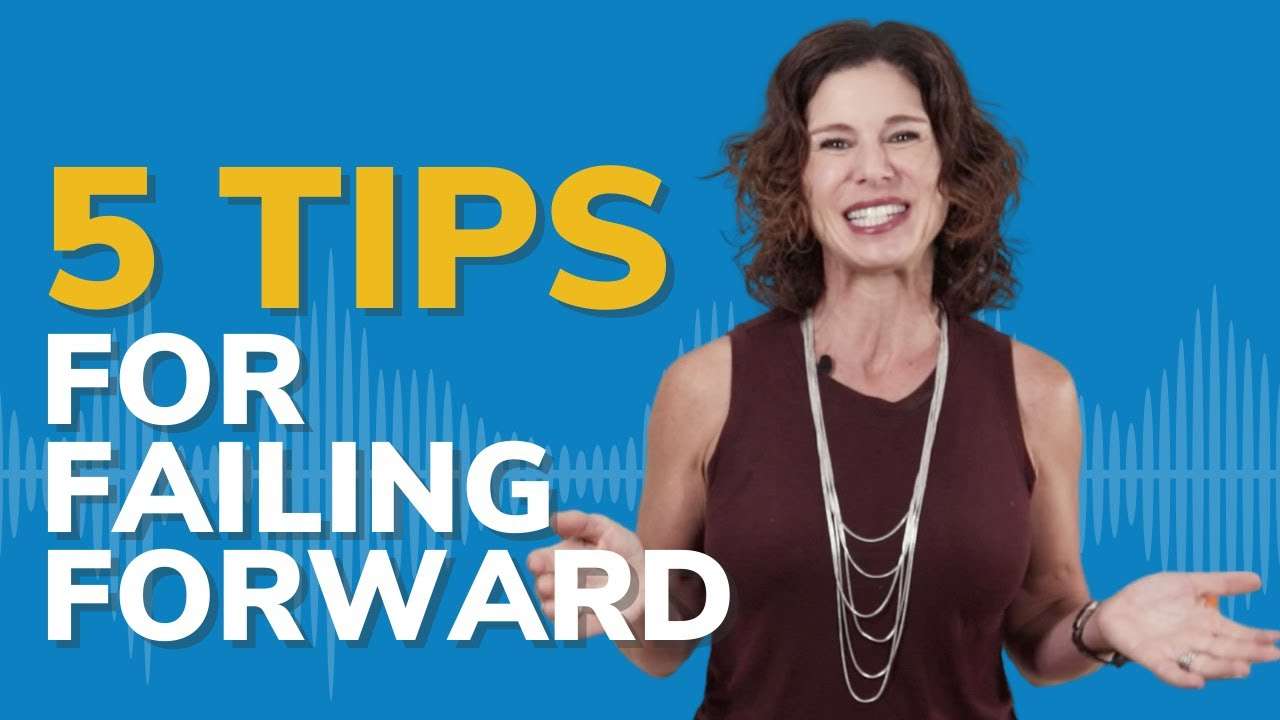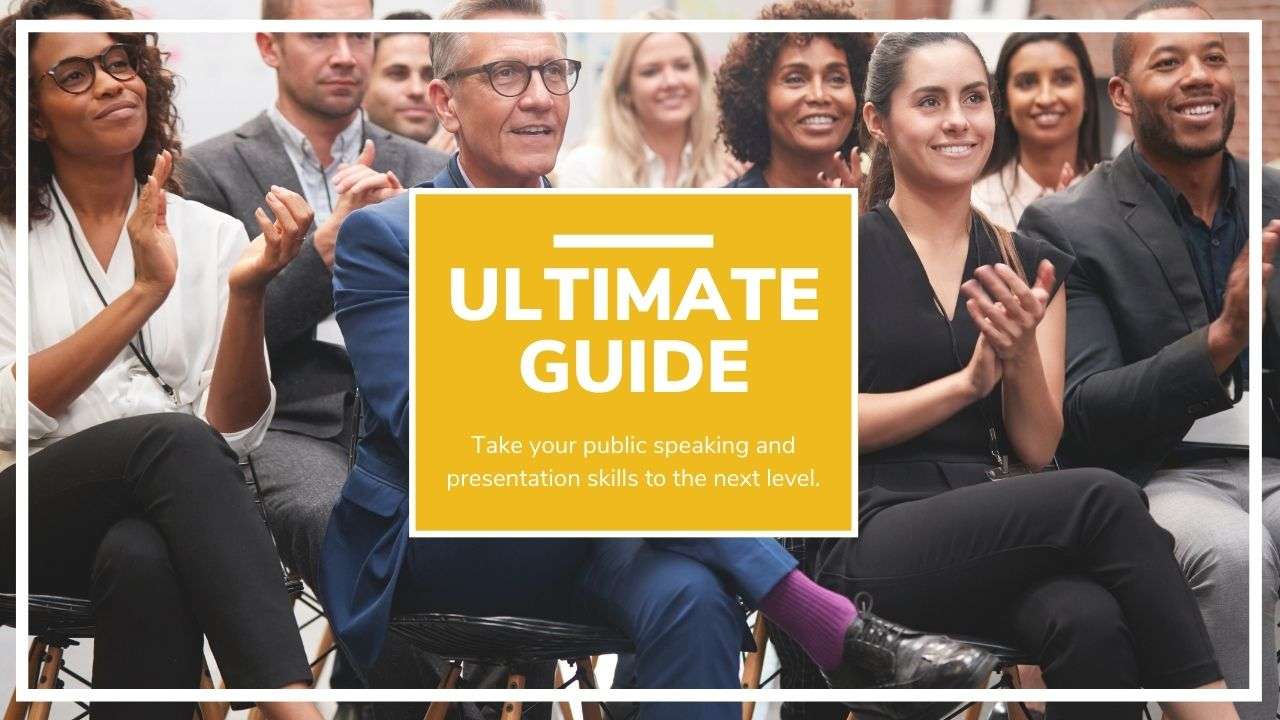Table of Contents
ToggleAS A PUBLIC SPEAKING COACH, I’VE BEEN TOLD THAT I HAVE PRESIDENTIAL SPEAKING SKILLS.
What does this mean? And have you ever wondered what makes presidents historically remarkable speakers?
Why do they orate a cut above the rest of us?
We know that presidents are masters of inspiration. One look at a list of past presidential quotes proves their talents to persuade, engage, and urge the people to accomplish great feats.
Why not take speech writing lessons from past presidents? After all, creating a powerful speech is a large part of the presidential job description. They have to connect with a rather large audience–the entire country.
Want to make your own public speaking presidential? These 3 tips from past commanders-in-chief will help you get started:
DEFY CONVENTIONS: KEEP IT SHORT
Abraham Lincoln gave one of the shortest and most memorable speeches of all time with only 272 words. Perhaps you’ve heard of it before? This famous speech was called “The Gettysburg Address.” It’s so short and sweet that you may even have been given an assignment in school to memorize and recite the entire speech. Nearly every American can at least begin it – say it with me now, “Fourscore and seven years ago…”
But do you recall learning about the man who spoke before Lincoln? Does the name Edward Everett ring a bell? Probably not (despite the two-hour speech he gave before Lincoln’s famous address.) By defying convention and opting for brevity, Lincoln accomplished in two minutes what Everett failed to do in two hours.
In your next speech, think like Lincoln. Don’t be afraid to edit and cut until your speech powerfully conveys your message–and nothing more.
Ask yourself: “What is the most important message for the audience to understand before they leave?” And then cut, cut, cut.
Editing out extra content and distilling your speech into the most potent possible message allows your audience to absorb your message before they’re absorbed in their smartphones.
AUTHENTICITY CONNECTS
Franklin D. Roosevelt gave an address to the nation in a completely new way with his broadcasted radio addresses, called fireside chats. These evening radio conversations went directly to the homes of millions of Americans.
By talking to the American people as if they were friends and family, Roosevelt was able to explain his policies, debunk rumors, and even comfort citizens in uncertain times.
How can we apply Roosevelt’s ideas to our own speeches? By adapting his mindset. Social psychologist Amy Cuddy refers to the ability to display strength and warmth as the skill to “connect, then lead.”
People trust people, not businesses or corporations. Roosevelt’s fireside chats took the nation by storm because they could connect with the authentic and warm voice of a real person.
Take a leaf out of Roosevelt’s book and level with your audience.
FIND YOUR MESSAGE
Agree or disagree with his policies, there’s no denying that President Obama has a way with words. His characteristic pauses convey an intelligent, thoughtful, and measured man.
Obama has a knack for getting to the heart of his message. The speeches made during his presidency honed in on the one main idea. There was no confusing the objective of his speeches.
You can take a cue from Obama and make your elevator pitch clear and concise. This difficult task is a great way to create clarity in your message. Identify the main point of your speech and focus on making your message clear.
Our public speaking coaching and live online classes are valuable opportunities to have your own public speaking coach help you elevate your poise, diction, and charisma. Below you will find a few extra tips from our popular and sought-after presentation skills training programs.
EVEN THOUGH THE WORDS YOU SAY AND HOW YOU SAY THEM IS CRITICALLY IMPORTANT, THERE IS MORE TO OWNING A ROOM THAN SIMPLY DELIVERING THE PERFECT SPEECH.
As we shared in a recent post, Beyond Power Posing – Presentation Skills Training with Presence, you possess immense power through your non-verbal communications. This article explains the basics of power posing and ways that you can improve your confidence before a speech. But, additionally:
Nonverbal communication “makes the difference between commanding the attention of the audience – of owning the room and providing memorable insight – or simply renting space to ‘say a few words’ that will soon be forgotten.”
Presidents never apologetically opt to just “say a few words.” They own the room. Here are some ways that you can, too, through your body language:
OWN THE STAGE
This technique is surprisingly simple. Just go for a slow walk during your speech. Forget the podium and instead, cover the entire stage. It shows confidence and helps your audience to feel like you are interacting with them more.
Be sure, however, that you are not pacing back and forth, as that can make your audience feel nervous. Try taking a few steps, then pausing. Keep it as natural as possible, picking audience members to focus on as you move in their direction.
TAKE UP SPACE
The more space you take up with your body, the more trustworthy and credible you will seem. Make sure you are standing up straight with your feet comfortably shoulder’s width apart. Though you don’t want to gesture too wildly (it’s distracting,) do consider where you put your hands at critical points of your message. You can bring more excitement than those who let their arms hang limply at their sides. Show your passion for your subject by using your hands.
When you gesture with your arms outstretched and your palms up, you display that you are “strong and warm” to an audience, according to Cuddy in her book Presence.
Be sure you practice this technique and ask a friend, colleague, or public speaking coach for feedback. You want to be sure that your movements look natural and not too choreographed. Imagine the gestures you might use if trying to convince a friend or relative of the importance of your message.
TRUST THE SILENCE
There is no need to rush your words forward in an effort to avoid silence. A dramatic pause can be especially powerful. When you are not afraid to rest in moments of silence, it demonstrates authority – while also building anticipation.
This will keep your audience at the edge of their seats… though don’t wait until they fall off. There is a balance here. We are talking about pausing for several seconds, not minutes.
If you will, use this moment to reflect back on the passionate leaders that have passed through the oval office’s ranks. Are there famous speeches that you remember personally? How did they make you feel?
We invite you to try these public speaking tips from your favorite public speaking coaches and make your next speech even more memorable. But whatever you do…be a Lincoln–not an Everett.
If you want to ensure you have the voice and presence of a leader then read our blog: Want To Speak Powerfully and Reduce Anxiety? Take A Deep Breath.
TAKE THE FIRST STEP TO MASTER POWERFUL NEW SKILLS
Schedule an easy 30-minute call using our calendar. We’re here to help!
